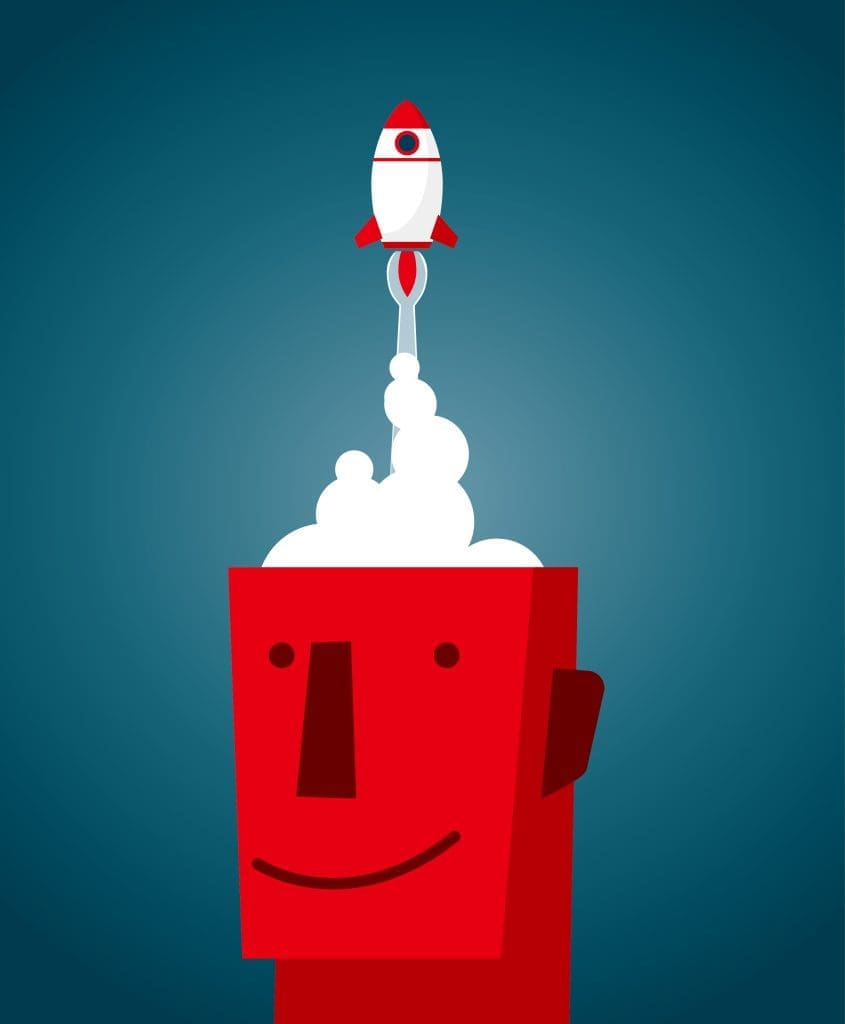
Whether you are a Fortune 500 company or a bootstrap entrepreneur, the spark of creativity is waiting to be ignited.
I venture to say that creative power lurks in every individual in your organization and as a leader, it is your job to unleash it. The problem occurs because most people need a process to connect their powers of creativity and innovation and this process is not immediately obvious or accessible.
We have seen a variety of people harness their creativity and innovation under varying circumstances and for a plethora of reasons, with one element in common: facilitation using a process called Innovation Games® (IG) and Collaborative Play (CP). And by a diverse group of people, I am talking about bankers, plumbers, conference center managers, event planners and numerous consumers and customers of our clients. To help our clients uncover unmet needs, design new strategies, increase productivity and discover new product ideas, these processes, IG and CP, are invaluable tools to sparking transformational ideas.
To be clear, we differentiate creativity from innovation rather simplistically. Creativity is hard to measure, difficult to evaluate and is subjective. Innovation is measurable, accessible and once applied, can be objectively judged. (For example, do your clients embrace the idea, did they buy it, did it work, is it profitable…well, you get the picture.) Innovation is ‘applied creativity.’ In business, innovation is rewarded, while creatively may not be.
Why does Collaborative Play work as a process for innovation?
There is a great deal of neuroscience on why our brains do not embrace change easily. In order to be creative and innovate, you need to change. George Bernard Shaw said, “Progress is impossible without change, and those who cannot change their minds cannot change anything.”
Our brain is stingy and wants to use old habits to drive future activities. However, when using CP, we force the brain to think, see and feel differently. CP creates randomness in our thinking and literally opens up our minds.
We are hardwired to play games, and in so doing, solve problems.
Games are fun, emotional, exciting and have a beginning, a middle and an end. We always play them collaboratively and not competitively within groups. When we play, we have to create new neural passageways and/or new mind maps in our brains. These actions force us out of our comfort zone. Everyone gets to play if they want to; no one sits on the bench. The games are relatively easy and engender camaraderie and lots of laughs along the way.
Shawn Achor, a New York Times bestselling author, when discussing mind maps suggests that “If we map success routes before escape routes, we are on the way to becoming a positive genius as it allows you to channel your full range of intelligence towards solving problems.” The same thought process applies to IG and CP.
When you re-orient your mind maps towards a creative process, you will find innovation…I promise!
- Click here for a white paper thoroughly explaining Innovation Games and Creative Play (with examples you can try!), authored by Andrea Simon and myself.
- Click here for “The Rest of the Story,” a case study which illustrates how game playing can revolutionize your business by helping you attract and retain clients.
For more information about using Innovation Games or Collaborative Play to unlock your company’s creativity, please contact Carmen Effron at 203-226-2645 or carmen@cfeffroncompany.com.



